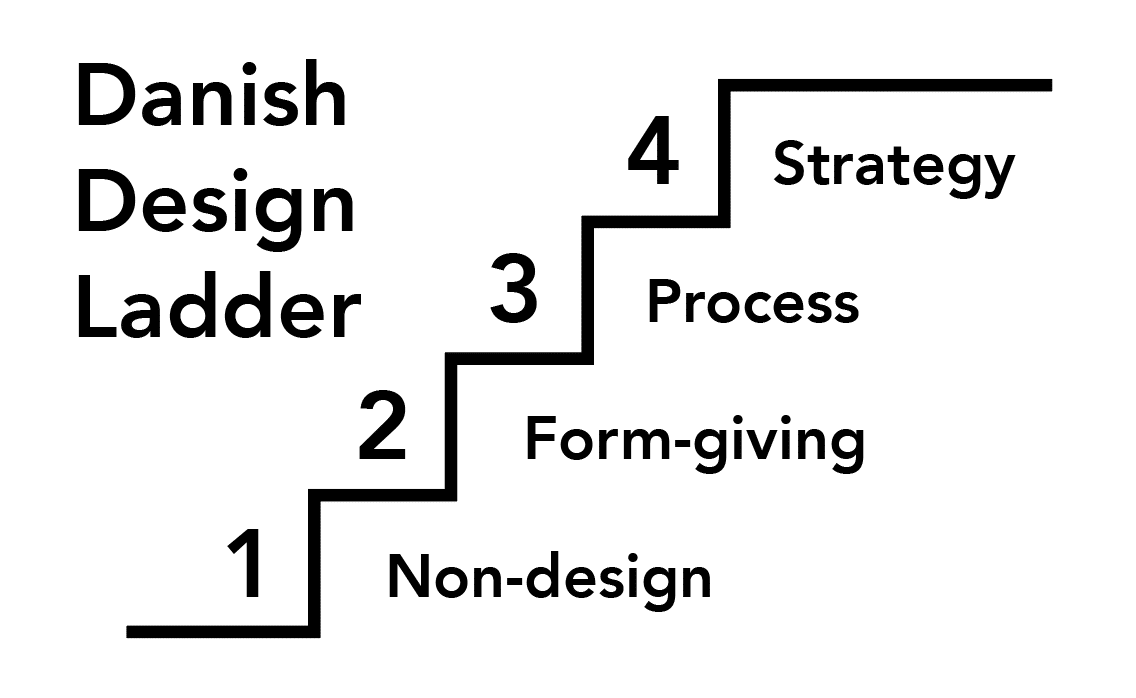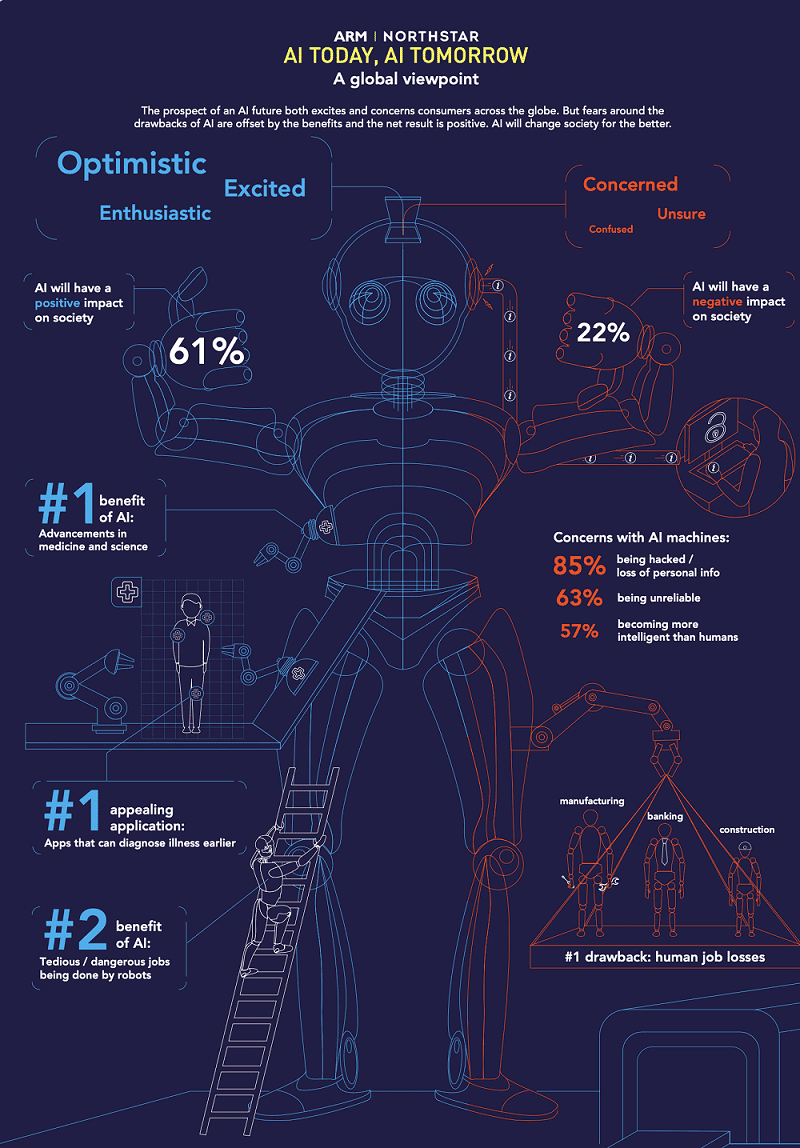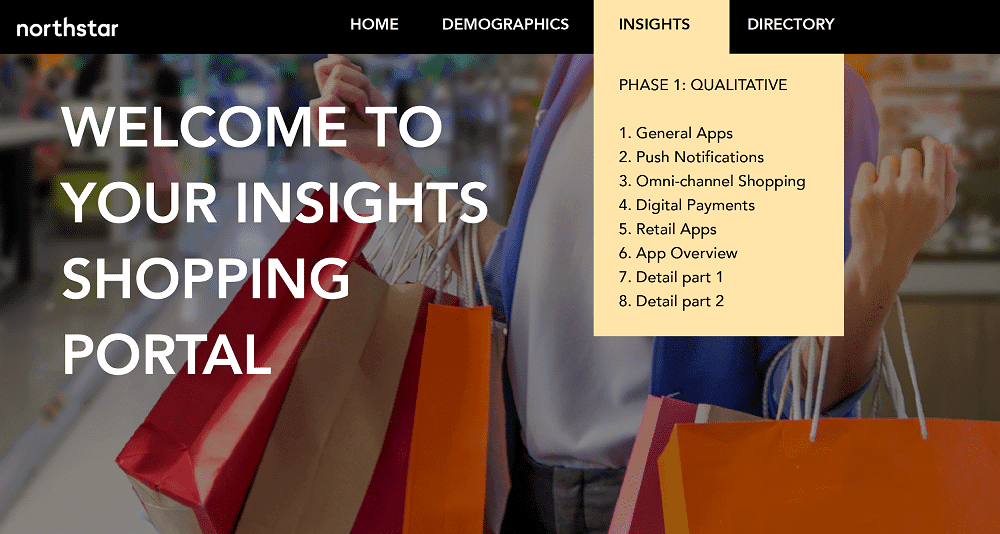Categories
March 10, 2021
Design as an Aesthetic (Part 1)
Companies that use design higher on the ladder tend to use design to support their overall business strategy.
Editor’s Note: This article is part one in the three-part series The Design Ladder.
In 2020, we discussed what Design Thinking (DT) is, it’s different phases, and how the DT framework can be applied to market research. Over the next three articles, we’ll use the Danish Design Ladder as a framework to show you how you can use design:
- As an aesthetic
- A process
- A strategy
This month’s article will introduce the design ladder and design as an aesthetic.
Why is this relevant to market research?
Good design is always based on user research. And market research’s goal is to improve a product’s value to a business and its customers through understanding users. By understanding how different types of design can add value to products, you can improve your client’s products and ultimately their business.
What is the Design Ladder?
The Danish Design Centre’s Design Ladder lists four levels of design.

Level one: Non-design
Design plays a negligible (small or unimportant) role in the company and non-designers conduct it. As a result, using design in this way leads to businesses overlooking user considerations.
Level two: Design as form-giving
Design as a use for aesthetics (a set of ideas or opinions about beauty), in which design often comes into play at the end of a project.
Level three: Design as a process
Businesses that integrate design into the development process (a series of actions to achieve a particular end goal) at an early stage.
Level four: Design as strategy
Design as a business concept or strategy (a plan of action designed to achieve an overall aim) one that’s able to permeate an organisation and drive innovation.
The Design Ladder shows a shift in design’s understanding. To put it simply, this shift goes from ‘designing things’ to ‘design thinking’. From this ladder we can see how design morphs from design as beautification of products, to a way of solving problems, and to being a strategic tool.
Why is design important for businesses?
Design implementation is good for businesses. Companies that use design tend to have higher levels of efficiency and their use of design can come from hiring in-house designers or partnering with design organisations.
Furthermore, companies that use design higher on the ladder tend to use design early-on in any project or use design to support their overall business strategy.
What is Level 2: Design as an aesthetic?
This is where businesses view design as purely aesthetic. Market researchers traditionally identify design with this level, considerations range from usability to a product’s aesthetics. Aesthetic design tends to enter at the final stage to beautify or promote products. Most designers term this as ‘styling’. Aesthetic design is typically done by professional designers or by non-designers.
Key considerations of aesthetic design include basic design principles, such as:
Information Hierarchy
Information hierarchy is the arrangement of elements that reveals the order of importance. By laying out elements logically and strategically, you’re allowing your user to digest the most important information first.
Typography
Typography is an important element of visual design. It’s crucial that your typography is always legible and that you use no more than two typefaces. This helps simplify the design and makes it easy on the eyes to follow through a document.
Use of colour
Create a complementary colour palette that creates contrast in your document, and helps you create a hierarchy by pulling out key points of information. Use different tones of your colour palette throughout your document to keep it consistent, yet still visually appealing.
Three advantages of aesthetic design for market researchers:
- Information is more appealing
When you deliver information in a more creative format, users pay more attention to the information they receive. For example, here data was visualized in a way that makes the user want to read it.

- Information is digestible and understandable
Aesthetic design isn’t only beautifying documents, it also allows you to create a visual narrative and system that’s easy and enjoyable for the user to follow, and therefore more actionable.

Image source: Northstar
- Improvement of usability of information
Aesthetic design is used as a functional purpose to aid navigation. In web design, these are items such as range, radio buttons, checkboxes, location.

Next month…
Design as an aesthetic clearly benefits market researchers. But it can do more if used as a process. We’ll discuss this in more detail next month in part two, Using Design as Process.
Header Image: Kaboompics .com, Pexels
Comments
Comments are moderated to ensure respect towards the author and to prevent spam or self-promotion. Your comment may be edited, rejected, or approved based on these criteria. By commenting, you accept these terms and take responsibility for your contributions.
Disclaimer
The views, opinions, data, and methodologies expressed above are those of the contributor(s) and do not necessarily reflect or represent the official policies, positions, or beliefs of Greenbook.
More from Emma Galvin
The Fundamentals of Layout Design for Insights
Data visualization is easy with basic design layout design principles.
Innovation Management: Barriers to Innovation (Part Five)
The five main barriers to innovation.
Innovation Management: Disruptive Innovation (Part Four)
Disruptive innovation: What it is and why it’s important to MR.
Innovation Management: Breakthrough/Radical Innovation (Part Three)
Diving into breakthrough/radical innovation and how it applies to MR.
Sign Up for
Updates
Get content that matters, written by top insights industry experts, delivered right to your inbox.